For decades, case reports and scientific studies have described the condition of internal root resorption. A recent web search related to internal root resorption revealed 247 results in PubMed and more than 1 million results in Google. According to many of the studies, internal root resorption is infrequently detected in clinical or radiographic examinations of teeth, but is a frequent finding in teeth with pulp inflammation or necrosis.
Many of the published works on internal root resorption condition are in the form of case reports similar to this one. Some, though, are scientific studies that examine the histological and biological aspects of the condition.[1]
A recent scientific study revealed that teeth with healthy pulps did not exhibit the condition of internal root resorption. By comparison, half of the teeth with pulpitis, and the majority of the teeth with necrotic pulps, had internal resorption.[2] Inflammation was shown to be an important etiologic factor of internal resorption.
In our case, a 42-year-old African American male, a U.S. armed services veteran, presented for the first time to the Veterans Affairs New Jersey Health Care System Dental Service at East Orange, N.J., seeking dental care. The patient’s primary reason for coming to the Dental Service was for a complete dental exam.
This case report describes the condition of a permanent maxillary central incisor affected by internal root resorption. While the etiology of this pathology is unknown, most commonly it is associated with trauma or seen postoperatively following a large resin restoration. According to the literature, this type of progressive internal root resorption can be stimulated by ongoing inflammation from infection.[3]
A comprehensive oral and maxillofacial examination included an intraoral and extraoral exam with cancer screening, full-mouth X-rays and a panoramic radiograph.
Among other things, the examination revealed extensive internal root resorption condition in tooth #8, coupled with a buccal fistula draining purulent discharge (see image above).
After careful assessment of all the available diagnostic information, and upon further exploration of the feasibility of different treatment options to restore the patient’s tooth, the case was discussed and explained to the patient.
While root canal treatment has been the treatment of choice for this pathologic condition to date,1 after reassessing the extent of the internal resorption and describing the condition to the patient, including the potential associated postoperative ramifications, it was collectively decided to extract the tooth followed by socket preservation.
At the same visit, an immediate acrylic removable partial denture (RPD) was delivered.
Consequently, all restorative, periodontal and prosthetic needs were addressed, including a cast RPD replacing tooth #8 and other already missing bilateral teeth.
Conclusion
As described in this case report, for decades it has been determined that internal resorption is seen frequently in teeth associated with pulp inflammation or necrosis. Following suggested course of action in the literature, when internal root resorption condition has progressed to involve an external communication with the periodontal ligament space, this condition should not be restored and maintained.[4]
Note: This article was originally published in Dental Tribune U.S. Edition, Vol. 7 No. 1, January 2012. A complete list of references is available from the publisher.
About the authors
Dov M. Almog, DMD, is chief of the Dental Service, at the Veterans Affairs New Jersey Health Care System (VANJHCS). Odalys Hector, DMD, is a general dentist in the Dental Services at VANJHCS.
Ever since screw-shape implants were introduced in the 1970s, thousands of different types of implants have been placed in people’s mouths. With ...
The aetiology of external cervical root resorption remains unclear, and it is probably a multifactorial problem, causing dentine exposure to the oral cavity...
In his 1862 monograph, French neurologist Guillaume Duchenne de Boulogne postulated that facial expressions are directly related to a person’s soul.1 ...
Internal marketing is the most predictable and least expensive form of marketing for dental practices. While there are many types of marketing, ranging from...
TEMPE, Ariz., USA: Align Technology has announced the winner of the 2020 Invisalign Ortho Summit Case Shoot-out, one of the company’s live case ...
The esthetic rehabilitation of patients with a functionally compromised dentition frequently involves a multidisciplinary approach incorporating several ...
Intraoral welding was developed by Pierluigi Mondani[1] of Genoa, Italy, in the 1970s to permanently connect submerged implants and abutments to a titanium ...
1. Choose one well-documented, scientifically supported implant system. Any dental implant system demonstrating ongoing research and design will achieve ...
Online reviews dramatically change the way patients choose a dental care provider. Eighty-eight percent of consumers trust online reviews as much as ...
CHICAGO, Ill., USA: A recently released National Center for Health Statistics (NCHS) data brief details the results of the National Health and Nutrition ...
Live webinar
Wed. 14 January 2026
12:00 PM EST (New York)
Dr. Théo Laplane, Dr. Robert Gottlander DDS
Live webinar
Fri. 16 January 2026
12:00 PM EST (New York)
Live webinar
Mon. 19 January 2026
1:00 PM EST (New York)
Philipp Kopp, Michael Seeber
Live webinar
Thu. 22 January 2026
9:00 AM EST (New York)
Prof. Judith Jones D.D.S; M.P.H., Prof. Kakuhiro Fukai D.D.S., Ph.D, Dr. Bathsheba (Bethy) Turton
Live webinar
Thu. 22 January 2026
2:00 PM EST (New York)
Dr. Nicola M. Grande DDS, PhD
Live webinar
Wed. 28 January 2026
8:00 AM EST (New York)
Live webinar
Wed. 28 January 2026
11:00 AM EST (New York)
Prof. Dr. Jan-Frederik Güth



 Austria / Österreich
Austria / Österreich
 Bosnia and Herzegovina / Босна и Херцеговина
Bosnia and Herzegovina / Босна и Херцеговина
 Bulgaria / България
Bulgaria / България
 Croatia / Hrvatska
Croatia / Hrvatska
 Czech Republic & Slovakia / Česká republika & Slovensko
Czech Republic & Slovakia / Česká republika & Slovensko
 France / France
France / France
 Germany / Deutschland
Germany / Deutschland
 Greece / ΕΛΛΑΔΑ
Greece / ΕΛΛΑΔΑ
 Hungary / Hungary
Hungary / Hungary
 Italy / Italia
Italy / Italia
 Netherlands / Nederland
Netherlands / Nederland
 Nordic / Nordic
Nordic / Nordic
 Poland / Polska
Poland / Polska
 Portugal / Portugal
Portugal / Portugal
 Romania & Moldova / România & Moldova
Romania & Moldova / România & Moldova
 Slovenia / Slovenija
Slovenia / Slovenija
 Serbia & Montenegro / Србија и Црна Гора
Serbia & Montenegro / Србија и Црна Гора
 Spain / España
Spain / España
 Switzerland / Schweiz
Switzerland / Schweiz
 Turkey / Türkiye
Turkey / Türkiye
 UK & Ireland / UK & Ireland
UK & Ireland / UK & Ireland
 International / International
International / International
 Brazil / Brasil
Brazil / Brasil
 Canada / Canada
Canada / Canada
 Latin America / Latinoamérica
Latin America / Latinoamérica
 China / 中国
China / 中国
 India / भारत गणराज्य
India / भारत गणराज्य
 Pakistan / Pākistān
Pakistan / Pākistān
 Vietnam / Việt Nam
Vietnam / Việt Nam
 ASEAN / ASEAN
ASEAN / ASEAN
 Israel / מְדִינַת יִשְׂרָאֵל
Israel / מְדִינַת יִשְׂרָאֵל
 Algeria, Morocco & Tunisia / الجزائر والمغرب وتونس
Algeria, Morocco & Tunisia / الجزائر والمغرب وتونس
 Middle East / Middle East
Middle East / Middle East


































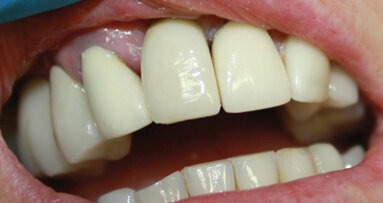
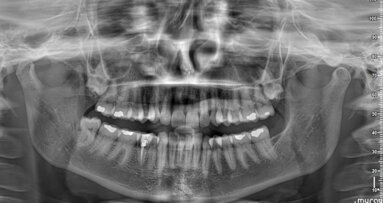
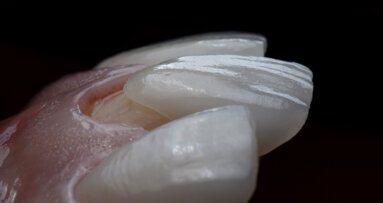

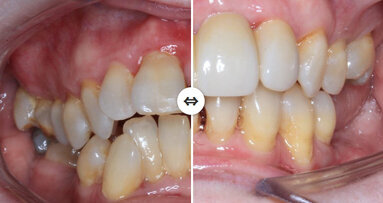

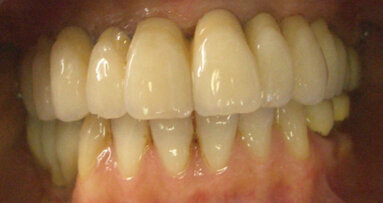
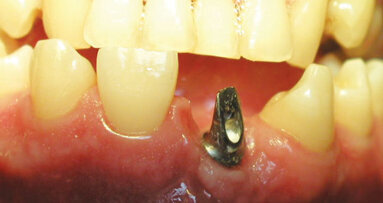

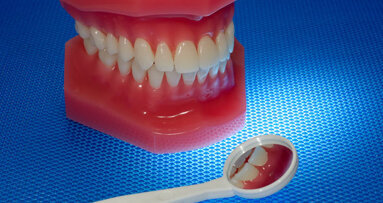

















To post a reply please login or register